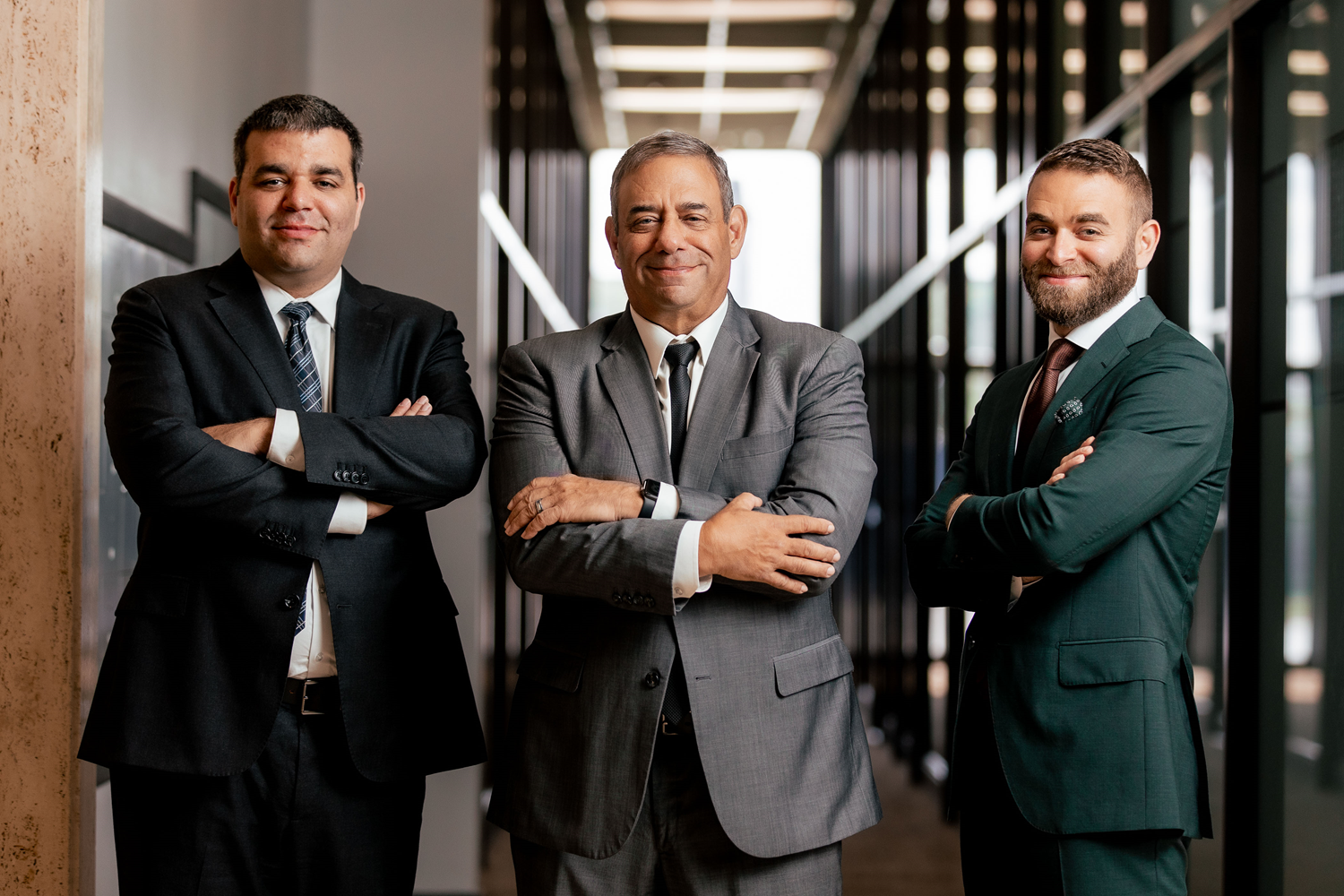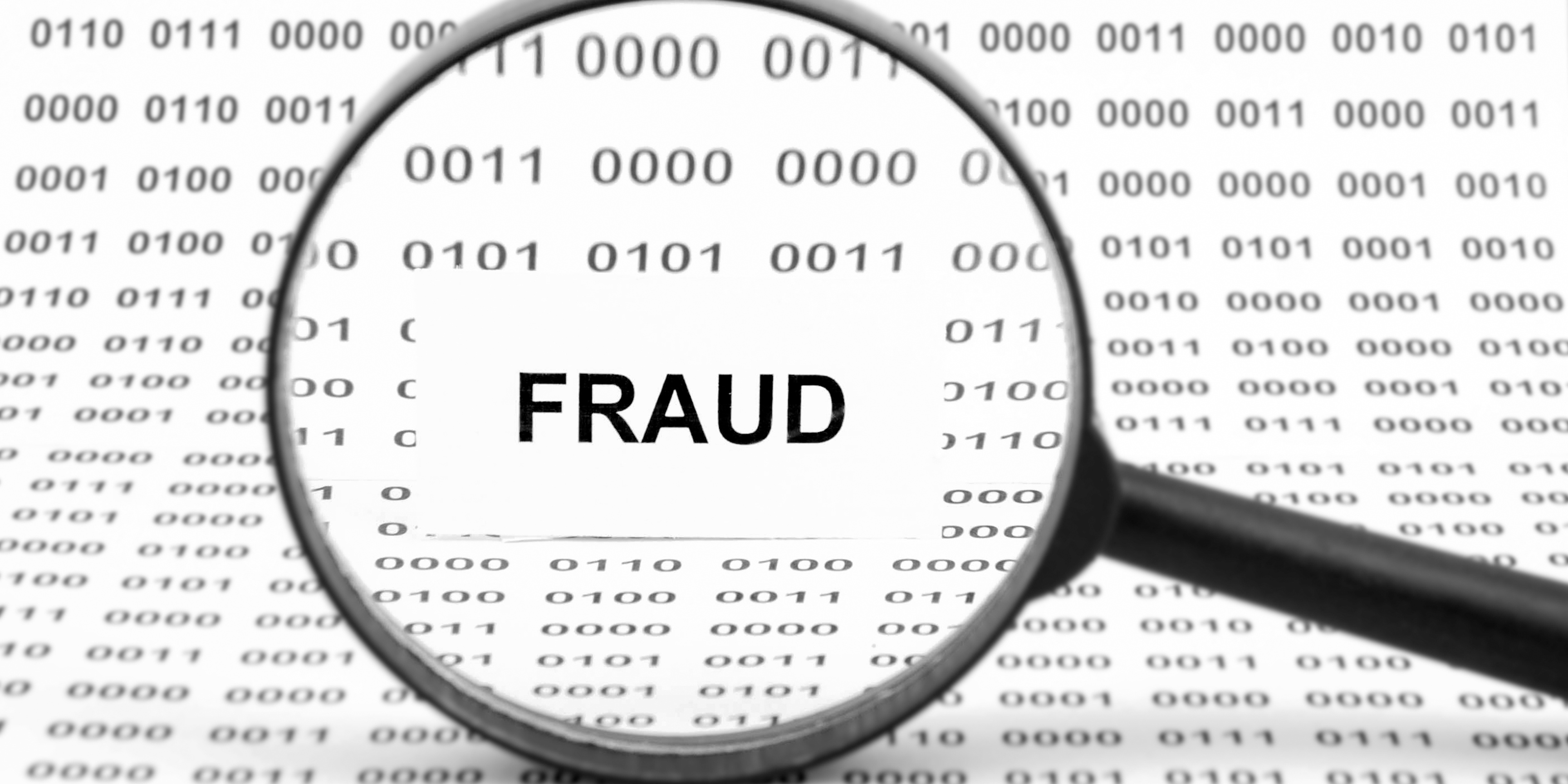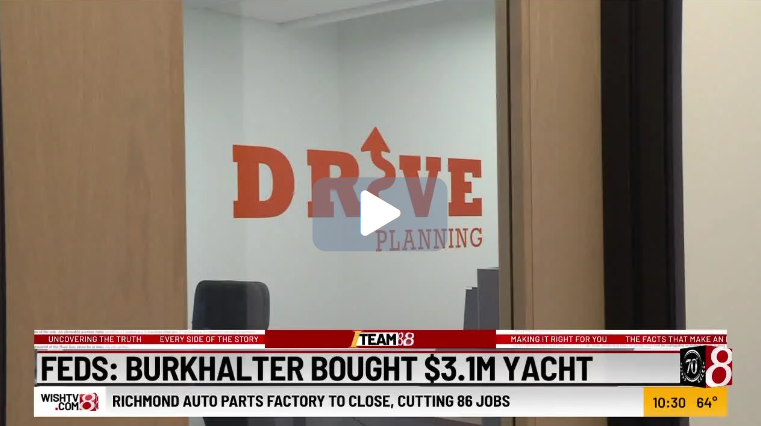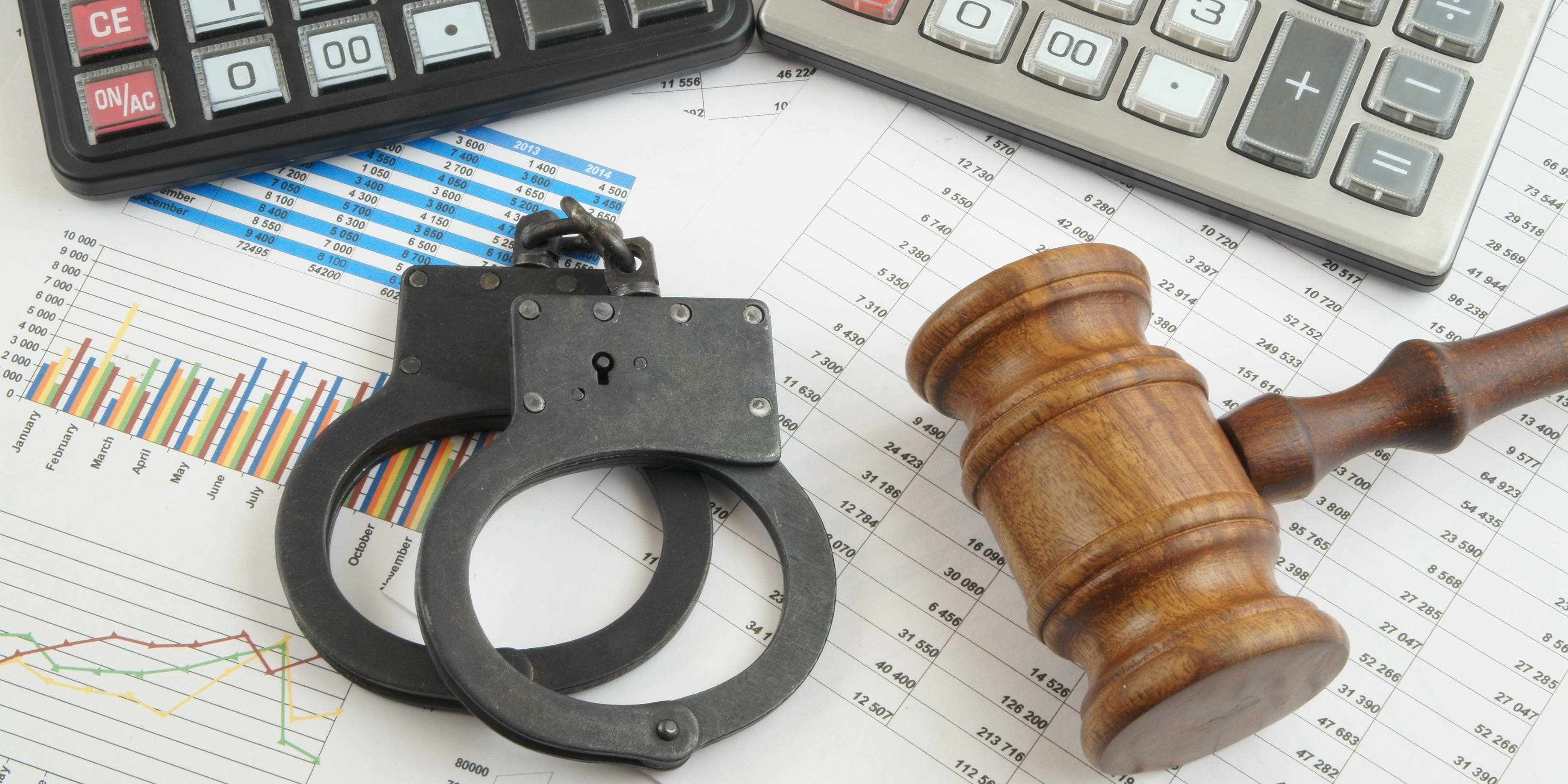Ponzi schemes, notorious for their deceptive nature, have left countless investors facing devastating financial losses. Named after Charles Ponzi, who orchestrated one of the first major schemes in the 1920s, these fraudulent investments continue to ensnare victims. For investors who find themselves entangled in such schemes, understanding the avenues for recovering losses is crucial. This blog post aims to provide an in-depth look at the steps investors can take to recover their investments and the legal mechanisms available for pursuing justice.
Understanding Ponzi Schemes
A Ponzi scheme is a form of investment fraud that promises high returns with little or no risk. The scheme pays returns to earlier investors using the capital from newer investors, rather than from profit earned by the operation of a legitimate business. This cycle requires a constant influx of new investments to continue, making it inherently unsustainable. Once the scheme collapses, which is inevitable, the majority of investors lose their money.
Recognizing the Signs of a Ponzi Scheme
Before diving into recovery options, it’s essential to recognize the signs of a Ponzi scheme:
- High Returns with Little Risk: Promises of unusually high returns with minimal risk.
- Overly Consistent Returns: Investments that consistently generate positive returns regardless of market conditions.
- Unregistered Investments: Investments that are not registered with financial authorities.
- Unlicensed Sellers: Sellers who are not licensed or registered with regulatory agencies.
- Complex Strategies: Vague or overly complex investment strategies.
- Paperwork Issues: Errors or inconsistencies in investment paperwork.
- Difficulty Receiving Payments: Difficulty withdrawing funds or receiving payments as promised.
Immediate Steps for Investors
If you suspect you are a victim of a Ponzi scheme, taking immediate action is vital:
- Cease Further Investment: Stop investing more money into the scheme.
- Document Everything: Collect and secure all documentation related to your investment, including emails, contracts, and transaction records.
- Report to Authorities: Contact regulatory authorities such as the Securities and Exchange Commission (SEC) and the Financial Industry Regulatory Authority (FINRA).
- Consult a Lawyer: Seek legal counsel experienced in investment fraud to understand your rights and options.
Legal Framework for Recovery
Recovering losses from a Ponzi scheme typically involves multiple legal avenues. Here’s a closer look at each:
- Civil Litigation
Victims can file a civil lawsuit against the perpetrators of the scheme. This process involves:
- Filing a Complaint: Initiating a lawsuit by filing a complaint in the appropriate court.
- Discovery: Gathering evidence through documents, depositions, and interrogatories.
- Trial and Judgment: Presenting the case in court, where a judge or jury will determine liability and damages.
Challenges: Civil litigation can be lengthy and expensive. Additionally, the perpetrator may have limited assets remaining.
- SEC Enforcement Actions
The SEC often initiates enforcement actions against Ponzi scheme operators. While these actions aim to stop the fraud and punish the perpetrators, they also seek to return funds to victims through a process called disgorgement.
- Disgorgement: Court-ordered repayment of ill-gotten gains.
- Fair Funds: The SEC may establish a Fair Fund to distribute disgorged funds to victims.
Challenges: The process can be slow, and the amount recovered may be a fraction of the losses.
Practical Tips for Recovery
- Act Quickly
Time is of the essence. The sooner you report the fraud and take legal action, the better your chances of recovery.
- Join Forces
Consider joining or forming a group of victims. Collective action can reduce legal costs and increase bargaining power.
- Stay Informed
Keep abreast of any legal proceedings, regulatory actions, or bankruptcy cases involving the Ponzi scheme.
- Be Persistent
Recovery efforts can be long and arduous. Stay persistent and patient throughout the process.
Case Studies
To illustrate these concepts, let’s examine two notable Ponzi schemes and the recovery efforts involved:
- Bernie Madoff
Bernie Madoff orchestrated one of the largest Ponzi schemes in history, with estimated losses of $65 billion. Recovery efforts have included:
- Trustee Irving Picard: Appointed to oversee the liquidation of Madoff’s firm, Picard has recovered billions through lawsuits and settlements.
- SIPC: Played a significant role in compensating victims.
- Allen Stanford
Allen Stanford’s Ponzi scheme involved $7 billion in fraudulent certificates of deposit. Recovery efforts included:
- SEC and Receiver: The SEC initiated enforcement actions, and a receiver was appointed to liquidate Stanford’s assets.
- Class Action Lawsuits: Victims filed numerous lawsuits to recover losses.
Conclusion
Recovering losses from a Ponzi scheme is a complex and multifaceted process. By understanding the legal avenues available and taking swift action, victims can maximize their chances of recouping their investments. It’s essential to work with experienced legal professionals who can navigate the intricacies of these cases and provide the best possible outcome for investors.
At The Good Law Group, we are dedicated to representing victims of investment fraud, including Ponzi schemes. Our dedicated team is committed to helping you recover your losses and achieve justice. Contact us today for a consultation and learn how we can assist you in your recovery efforts.









